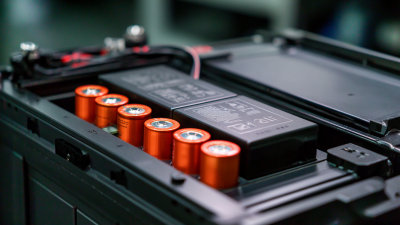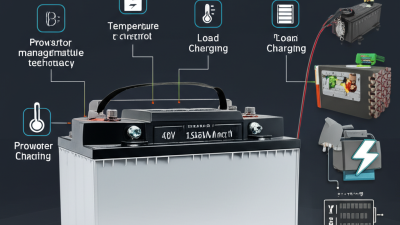
-
Home
-
Company
-
Products
-
News
-
FAQs
-
Blog
-
Contact
-
Phone
-
E-mail
-
Whatsapp
Leave Your Message

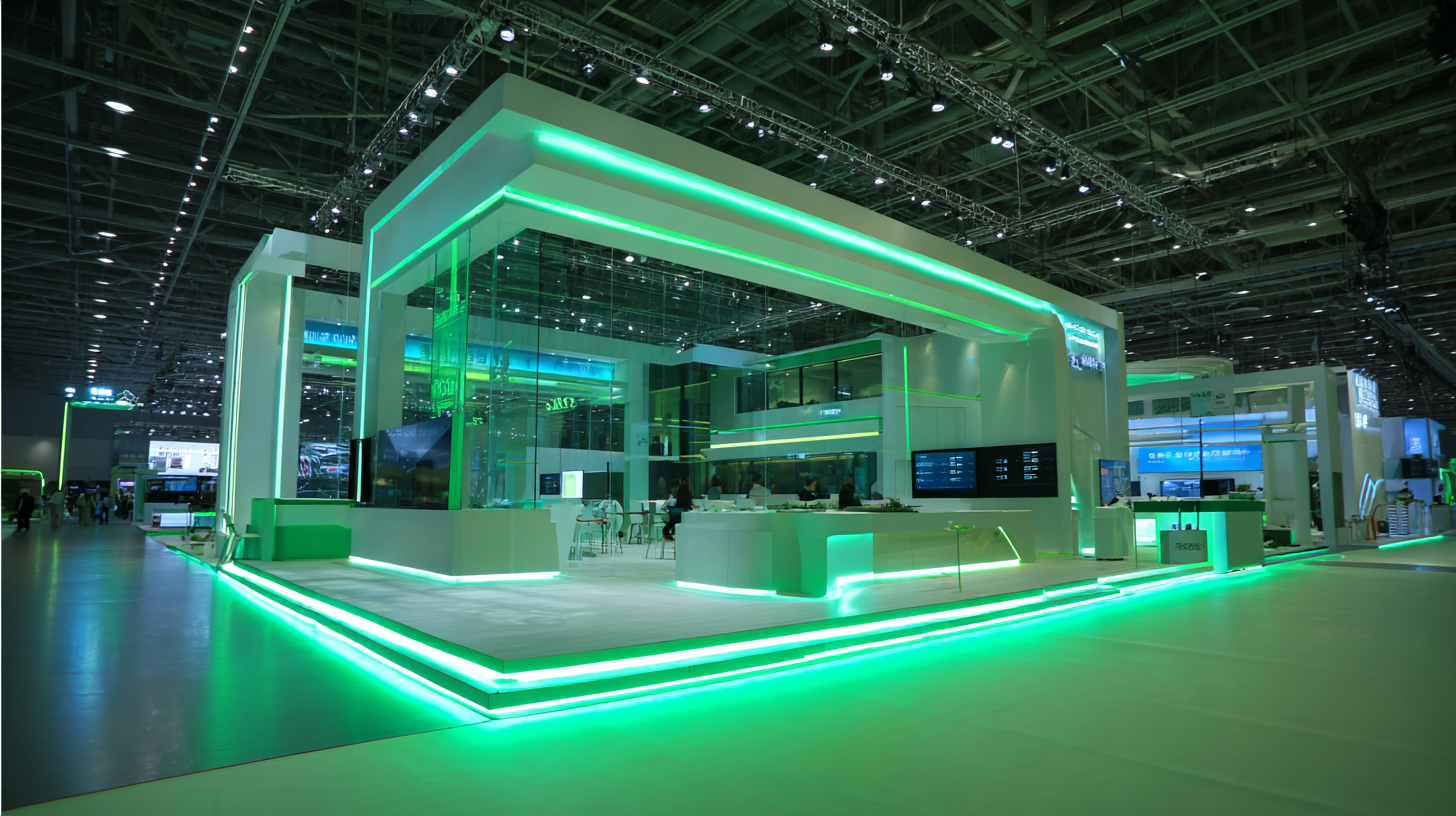 The unveiling of advancements in 48vot 160 A Lithium Lfp technology at the 2025 China Import and Export Fair marks a significant milestone in the energy storage sector. As industries increasingly pivot towards sustainable energy solutions, the demand for high-capacity lithium iron phosphate (LFP) batteries has seen exponential growth. According to a recent market report by Research and Markets, the global LFP battery market is projected to expand at a CAGR of over 20% from 2023 to 2030, driven by their enhanced safety features and longevity compared to traditional lithium-ion batteries. The 48vot 160 A Lithium Lfp technology promises to deliver higher energy efficiency and reliable performance, making it a game-changer for applications ranging from electric vehicles to renewable energy systems. As the landscape of energy solutions evolves, this innovation stands poised to redefine industry standards and foster a greener future.
The unveiling of advancements in 48vot 160 A Lithium Lfp technology at the 2025 China Import and Export Fair marks a significant milestone in the energy storage sector. As industries increasingly pivot towards sustainable energy solutions, the demand for high-capacity lithium iron phosphate (LFP) batteries has seen exponential growth. According to a recent market report by Research and Markets, the global LFP battery market is projected to expand at a CAGR of over 20% from 2023 to 2030, driven by their enhanced safety features and longevity compared to traditional lithium-ion batteries. The 48vot 160 A Lithium Lfp technology promises to deliver higher energy efficiency and reliable performance, making it a game-changer for applications ranging from electric vehicles to renewable energy systems. As the landscape of energy solutions evolves, this innovation stands poised to redefine industry standards and foster a greener future.
The recent unveiling of advancements in Lithium Iron Phosphate (LFP) technology at the 2025 China Import and Export Fair marks a significant milestone for 48V systems. LFP batteries are known for their enhanced safety, thermal stability, and long cycle life compared to traditional lithium-ion technologies. The emphasis on a 48V framework presents a robust solution for various applications, including electric vehicles, renewable energy storage, and other high-power demands, making them a prime choice in modern energy solutions.
Developments in LFP technology, particularly the new 160 A capabilities, showcase improvements in energy density and charge/discharge efficiency. This enhancement not only increases the performance of 48V systems but also extends their usability in diverse environments, from urban infrastructure to industrial applications. The focus on optimizing these systems underscores the growing demand for sustainable and efficient energy alternatives, a trend that is expected to shape the future of energy technology in the coming years.
| Feature | Details |
|---|---|
| Voltage | 48V |
| Current Rating | 160 A |
| Battery Type | Lithium Iron Phosphate (LFP) |
| Energy Density | 150 Wh/kg |
| Cycle Life | 2000+ cycles |
| Charging Time | 4-6 hours |
| Operating Temperature Range | -20°C to 60°C |
| Safety Features | Overcharge, over-discharge, and thermal protection |
| Applications | Renewable energy storage, electric vehicles, etc. |
The advancements in 48V 160 A lithium LFP technology are set to revolutionize various modern industries, paving the way for innovative applications that enhance efficiency and sustainability. With the growing demand for energy storage solutions, these lithium iron phosphate (LFP) batteries offer a safer alternative to conventional lithium-ion batteries due to their thermal stability and longer lifespan. Their high discharge rates and ability to function effectively in diverse environmental conditions make them ideal for applications ranging from electric vehicles to renewable energy storage systems.
In manufacturing and logistics, the integration of 160A lithium LFP batteries allows for more robust and efficient power solutions. These batteries can support heavy-load operations while maintaining a lightweight profile, significantly improving operational performance. Additionally, their compatibility with smart energy management systems enables real-time monitoring and optimization of energy usage, further boosting productivity. As industries continue to seek greener alternatives and improved performance, the role of high-capacity lithium LFP batteries in fostering innovation across sectors is becoming increasingly pronounced.
The unveiling of the 48V 160 A lithium iron phosphate (LFP) battery technology at the 2025 China Import and Export Fair marks a significant milestone in energy efficiency and sustainability efforts. According to a report by BloombergNEF, LFP batteries are expected to command at least 30% of the global electric vehicle (EV) market by 2025, due to their lower cost and superior thermal stability. This advancement in 48V LFP technology not only enhances the performance of energy storage systems but also aligns with the growing global emphasis on renewable energy sources.
The increased adoption of 48V LFP battery technology contributes significantly to sustainability initiatives, offering a more eco-friendly alternative to traditional battery systems. The International Energy Agency (IEA) projects that the efficiency of LFP batteries will improve over time, leading to a potential reduction in lifecycle carbon emissions by up to 30% compared to conventional lithium-ion batteries. Furthermore, their longevity—typically exceeding 5,000 charge cycles—ensures a longer usable life, reducing waste and promoting a circular economy within the energy sector. This combination of efficiency and sustainability positions 48V LFP technology as a transformative force in the industry, paving the way for a greener future.
The recent unveiling of the 48V 160 A Lithium Iron Phosphate (LFP) technology at the
2025 China Import and Export Fair showcases significant advancements in
energy storage solutions. Lithium LFP batteries have been gaining traction due to their safety, stability, and long cycle life, making
them increasingly favored in various applications, including electric vehicles (EVs) and renewable energy systems. According to a
market report by Research And Markets, the global lithium-ion battery market is projected to reach $94 billion
by 2025, indicating a robust demand driven by innovations like these.
One of the key features of the latest Lithium LFP developments is their enhanced thermal stability. This improvement minimizes risks
associated with overheating, which is a critical concern in high-performance applications. Additionally, advancements in battery
management systems are contributing to up to a 20% increase in energy efficiency compared to
previous iterations. Furthermore, with over 2,000 charge and discharge cycles, these new
batteries exhibit a lifespan that surpasses that of traditional lithium-ion options, ultimately offering cost savings for end-users.
The integration of LFP technology into larger energy systems not only boosts reliability but also aligns with
growing sustainability goals, as they are made from more abundant materials, reducing the reliance on rare metals.
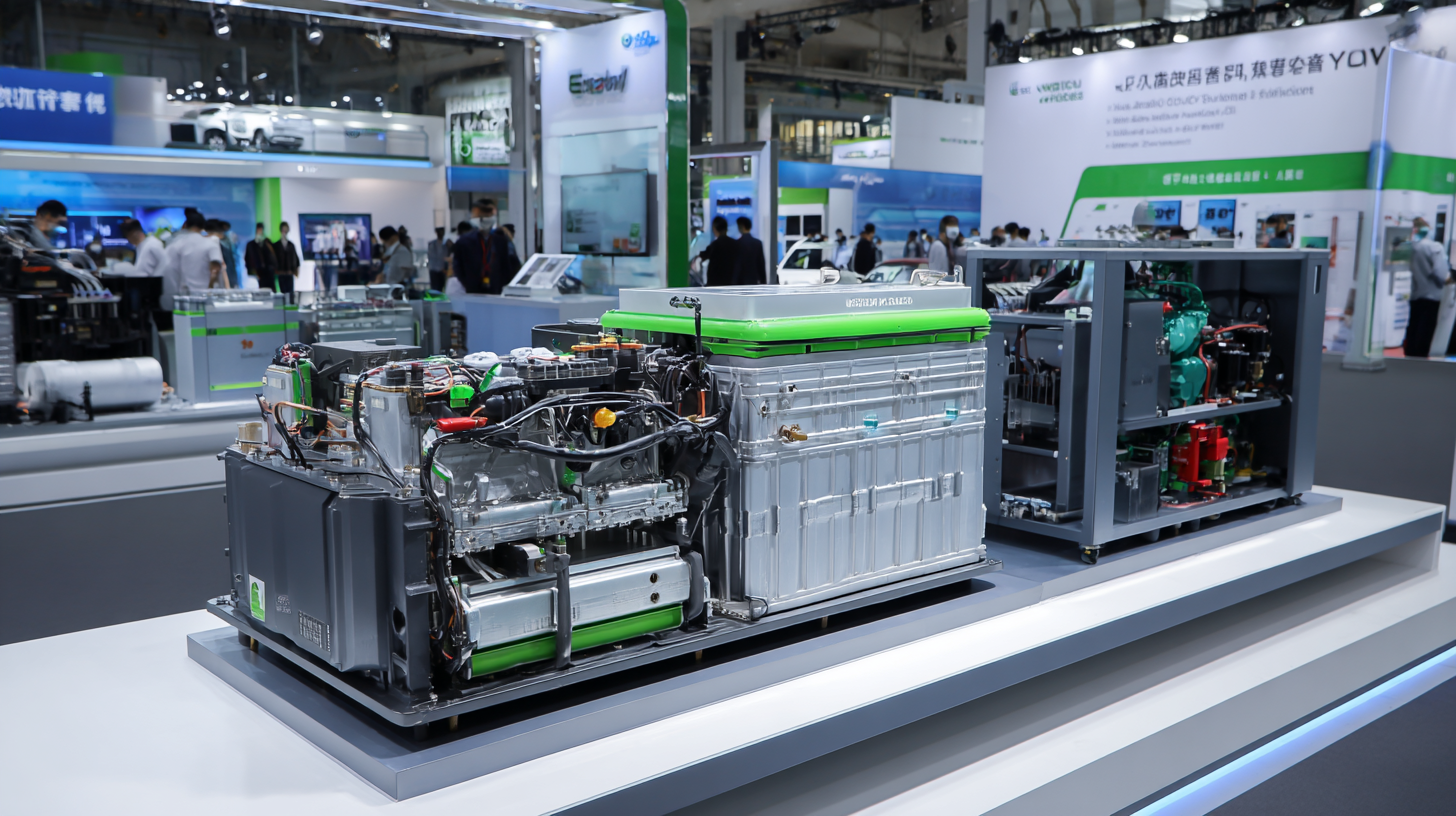
The advancements in 48V Lithium Iron Phosphate (LFP) technology are poised to significantly influence the market dynamics of electric vehicles (EVs) and related sectors. As the automotive industry increasingly embraces sustainable energy solutions, the 48V LFP systems emerge as a critical component driving efficiency and performance. Market trends indicate a robust shift towards these solutions, reflecting a growing awareness of environmental sustainability and cost-effectiveness among consumers and manufacturers alike.
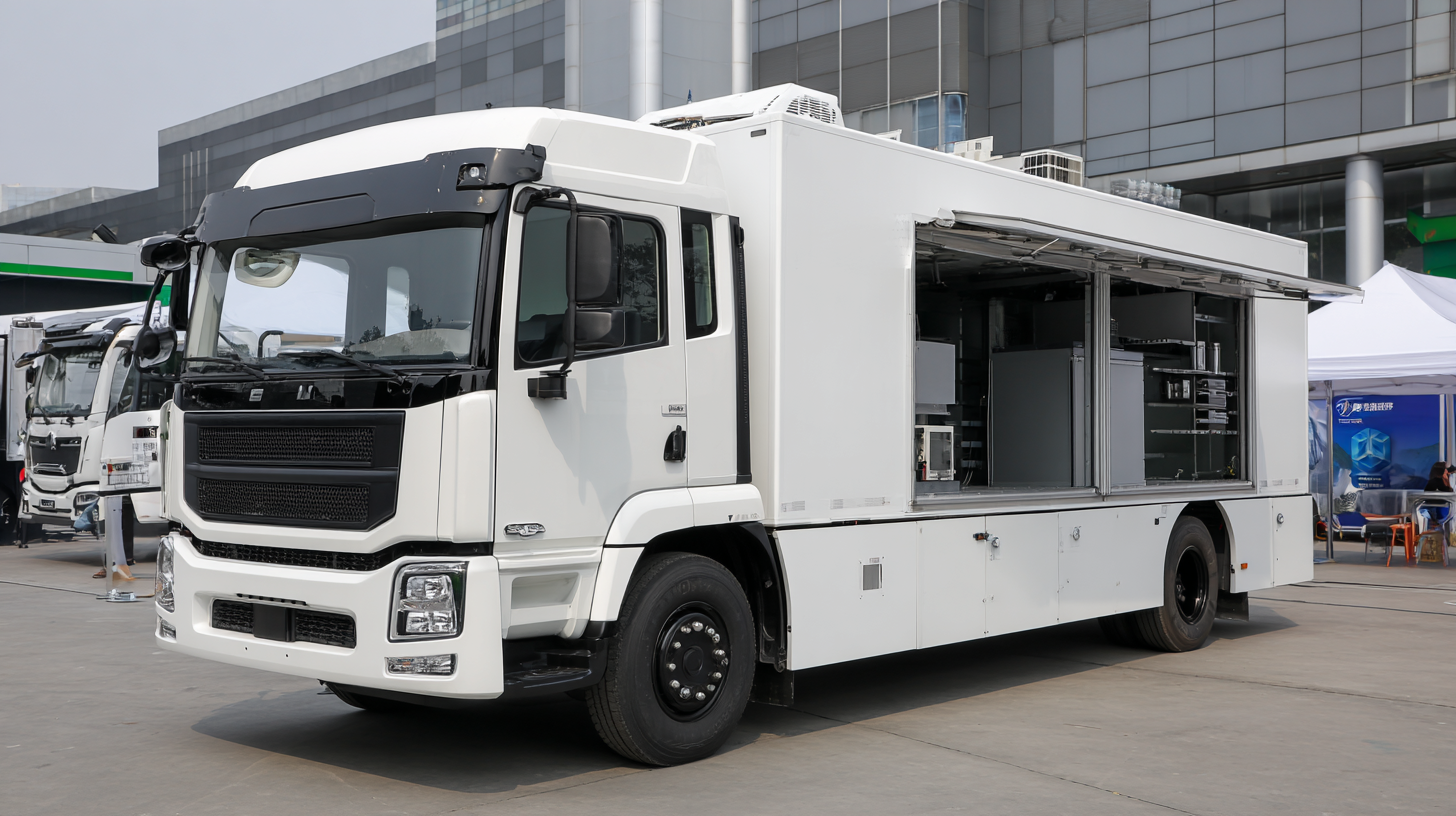
The future prospects for 48V Lithium LFP technology look promising as it aligns with the global push for electrification across various vehicle segments. Analysts project continued growth in the electric transporters market and the automotive aftermarket, highlighting a sustainable approach to mobility that leverages the advancements in battery technology. As innovative solutions come to market, stakeholders are encouraged to adapt and evolve, ensuring they remain competitive in the rapidly changing landscape of electric transportation and energy storage solutions.


